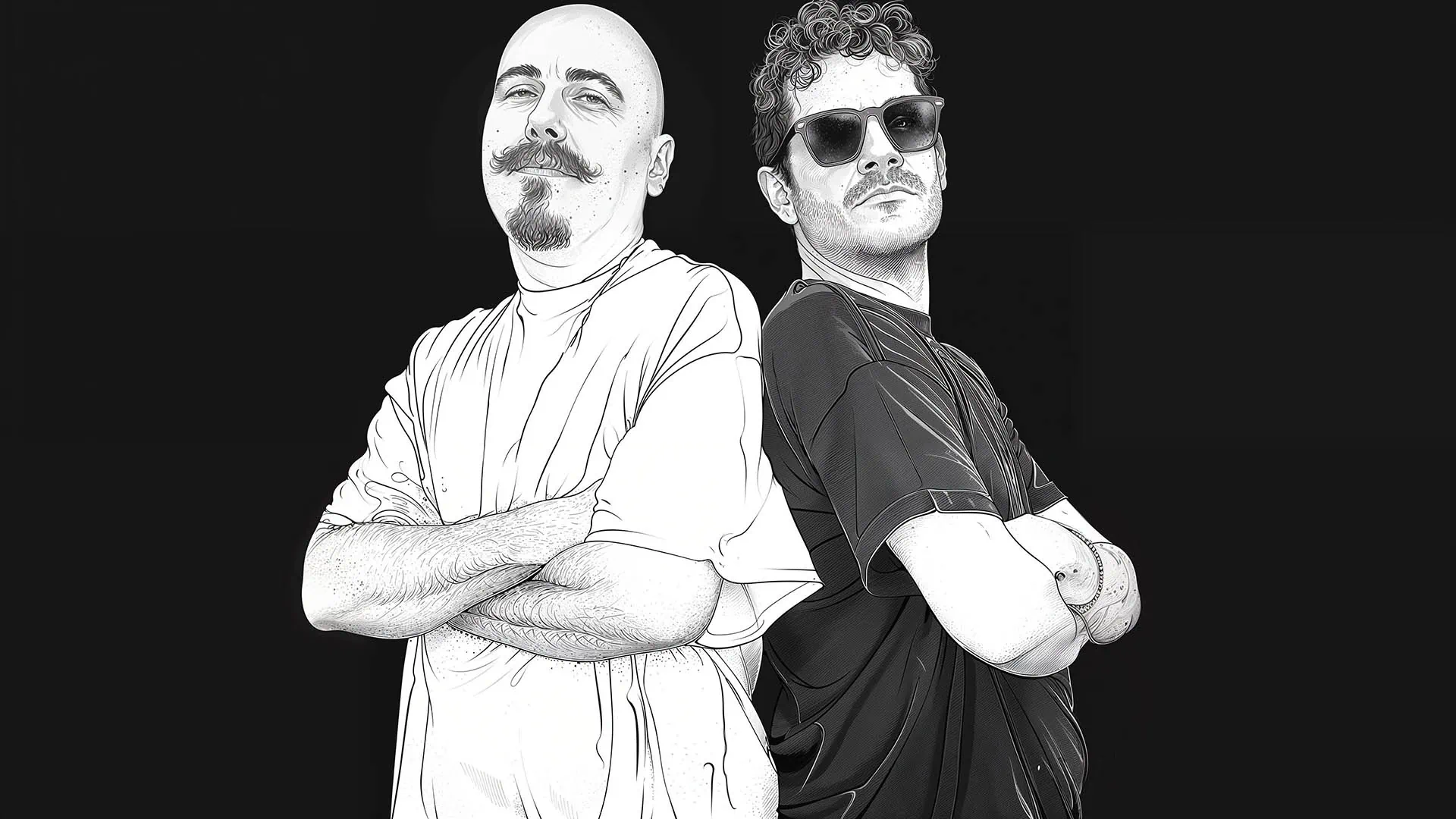Six-second ads are here to stay as short content becomes the new normal for many platforms. To hammer that point home, Snapchat now considers 10-seconds as long-form video.
Yep. 10.
If you are a creative reading this, I can feel the collective eye roll. Many teams stress about their ability to tell a story in under 10 seconds. And believe me, I feel your pain.
But it’s not impossible. The challenge with video advertising is a lack of narrative structure. We are constrained by time, but not in how that time is allotted. In advertising, the way we fill the space between open and close is a bit of a free for all.
The Screenplay Effect

It’s even more evident as you look to other, more disciplined storytelling techniques. A screenplay is structured at 120 pages broken into three acts. Each minute-long page is segmented with mathematical precision; 30 pages for the first act, 60 for the second, and 30 for the last.
Sitcoms are similarly engineered. They run 22 minutes, with an A story, and B or C one. There are three main acts, separated by commercials. Within each act are 3-5 scenes. Plays, short stories, poems, etc. all follow a pattern as well.
Blah Blah, numbers, right? I just want to make brilliant work! But that consistent template could help creative teams more easily navigate short-form content. Think about it, in advertising there is no structure beyond beginning, end and where to put the logo.
So, without a proper narrative composition to scale, how can a creative start to think in micro-moments to tell a story? First, it’s important to develop and embrace a defining structure. This is key to creating complete content that works for any length.
So, how can a creative start to think in micro moments to tell a story? Start with a narrative structure. The 3-act mechanic we have developed at Cast Iron LA is this:
Setup/Action/Resolve
Each “act” can be 1-3 seconds (based on a 6-second ad), and they all must feather together to tell a complete story.
1. Setup (1 Second)

Because of the nature of the feed, we don’t have an attentive audience, so we need to make them one. Movies or TV allow for a more drawn out story arc, character development, introduction of plot points, etc. But that pacing succeeds only because they are working with a captive audience. For marketers, our pyramid is inverted, so we need to captivate quickly. And the simplest way to do that is through curiosity. The setup needs to be brisk, instantly recognizable and simple. It must establish the scene but also create enough interest to drive people to the next act.
A basic video example of “Setup” would be a dog in a car anxiously looking at something it finds interesting off screen, yet blind to the viewer.
2. Action (3 seconds)

Action is the second act, and at a whopping 3 seconds is the longest part of our narrative structure. On platforms with interactivity, you can make “action” a literal part of the structure as well. This act needs to pique curiosity, and create a bridge to the resolution.
We cannot be predictable in our second act, otherwise completion rates will suffer. Many times, it’s not because people don’t like our content that makes them stop watching, it’s because they figured out the end to the story, before we were done telling it. If you want to pull out the rug, make sure people are still on it.
The “Action” video example would show the dog leap from the car, and off screen. The viewer is left wondering, where did the dog go? And lucky for us, the threshold for human curiosity is low. Even something as benign as this will move people to completion.
3. Resolution (2 seconds)

The resolution is the 6-minute finish line. It needs to quickly and completely resolve the story. It should leave the viewer feeling fulfilled and without question. The content has carried the audience through the first two acts, and the final at needs to pay it off. In our example, the dog now gets into your brand’s vehicle, and a log and super comes up “The Dog Friendlier SUV.”
Rethink The Content Funnel
With proper assembly, short-form storytelling can tell a story. But it will take a fundamental shift in perspective to be successful. Agencies must rethink the content funnel and develop ads that are build-ups, not cut-downs. Short-form content needs to be solved at the root, not the canopy.
So embrace a simple structure and don’t over tell the story. There is no need to solve every objective in short-form video, but the entire marketing plan should work up to that matrix. Yep, it’s complicated. Yep, it’s frenetic. Yep, it’s frustrating. But the upside of a short attention span is that audiences have evolved to figure things out quickly. This focus allows the creative team to cut narrative corners, make assumptions of understanding and tell a story in overdrive.
Because most storytellers can agree; whether you are dealing in 120 minutes, 22 minutes, or 6 seconds, it will never feel like there is enough time to tell the story you want.
But there is.


